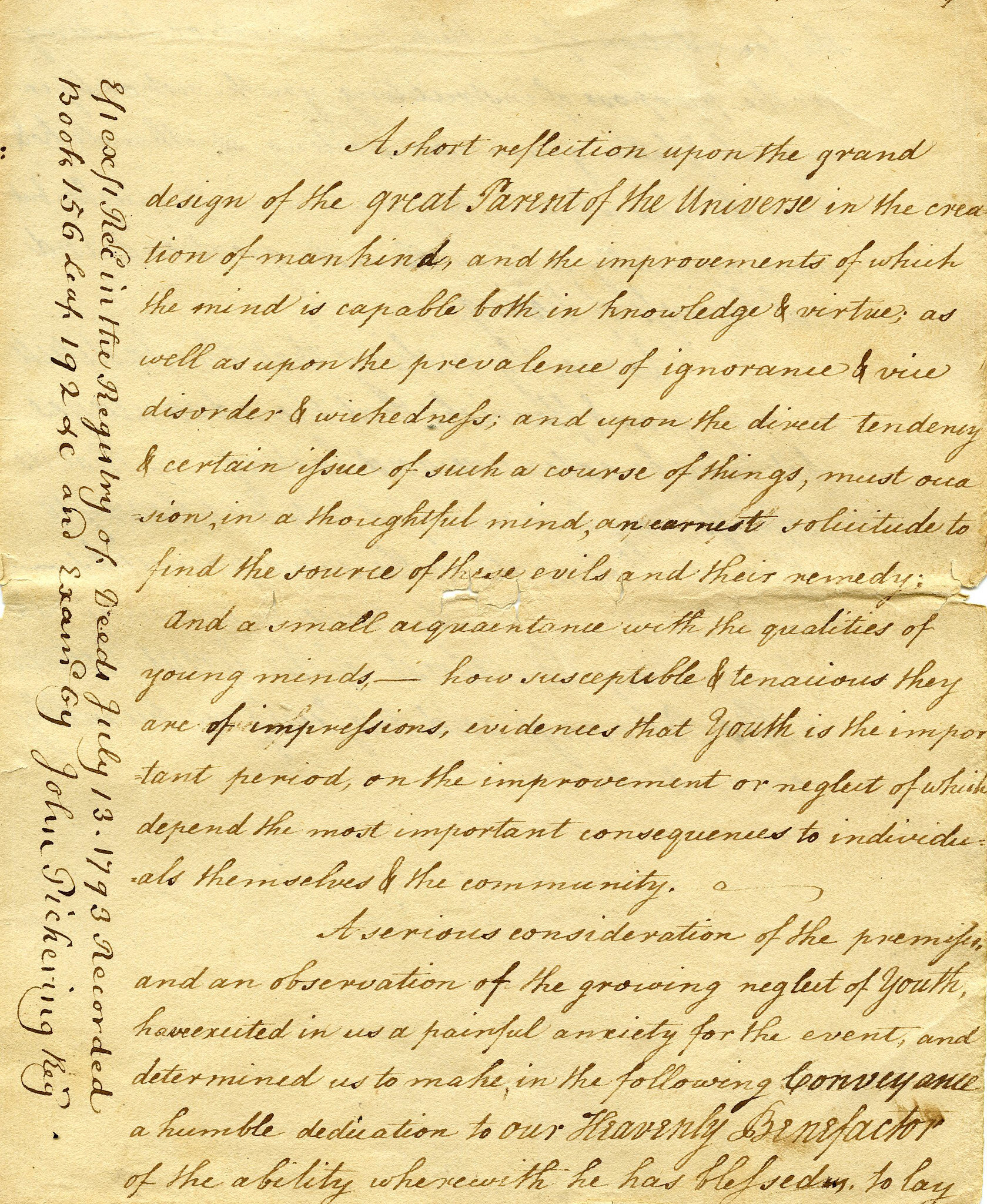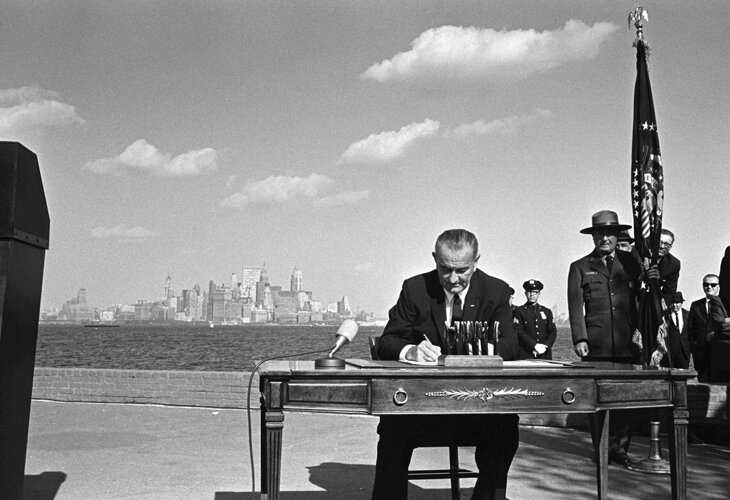
The President and
Immigration Law
New from Oxford University Press (September 2020)
“In their masterful historical, political, and legal analysis of US immigration policy making, Adam Cox and Cristina Rodríguez lucidly describe the steady delegation of power from Congress to the Presidency. It is required reading for those seeking to understand the roots of the current impasse over immigration policy and its rapid shifts between regimes of integration and exclusion.”
–Douglas S. Massey, Henry G. Bryant Professor of Sociology and Public Affairs, Princeton University
“In this extraordinary book, Cox and Rodríguez clear away the myths and misconceptions that surround immigration law. They show how the Presidency, and the institutions and culture of federal and state law enforcement agencies, have effectively, and inevitably, displaced the immigration laws that Congress enacted; they describe the way in which we arrived at the current state of affairs; and they give us a promising path forward.”
–David A. Strauss, Gerald Ratner Distinguished Service Professor of Law, and Faculty Director of the Supreme Court and Appellate Clinic, University of Chicago

Who controls American immigration policy? The biggest immigration controversies of the last decade have all involved policies produced by the President—policies such as President Obama’s decision to protect Dreamers from deportation and President Trump’s proclamation banning immigrants from several majority-Muslim nations. While critics of these policies have been separated by a vast ideological chasm, their broadsides have embodied the same widely shared belief: that Congress, not the President, ought to dictate who may come to the United States and who will be forced to leave.
This belief is a myth. In The President and Immigration Law, Adam B. Cox and Cristina M. Rodríguez chronicle the untold story of how, over the course of two centuries, the President became our immigration policymaker-in-chief. Diving deep into the history of American immigration policy from founding-era disputes over deporting sympathizers with France to contemporary debates about asylum-seekers at the Southern border—they show how migration crises, real or imagined, have empowered presidents. Far more importantly, they also uncover how the Executive’s ordinary power to decide when to enforce the law, and against whom, has become an extraordinarily powerful vehicle for making immigration policy.
This pathbreaking account helps us understand how the United States has come to run an enormous shadow immigration system—one in which nearly half of all noncitizens in the country are living in violation of the law. It also provides a blueprint for reform, one that accepts rather than laments the role the President plays in shaping the national community, while also outlining strategies to curb the abuse of law enforcement authority in immigration and beyond.

